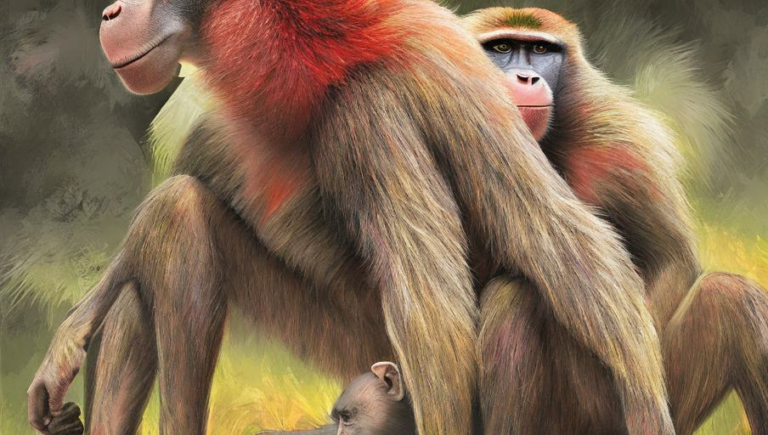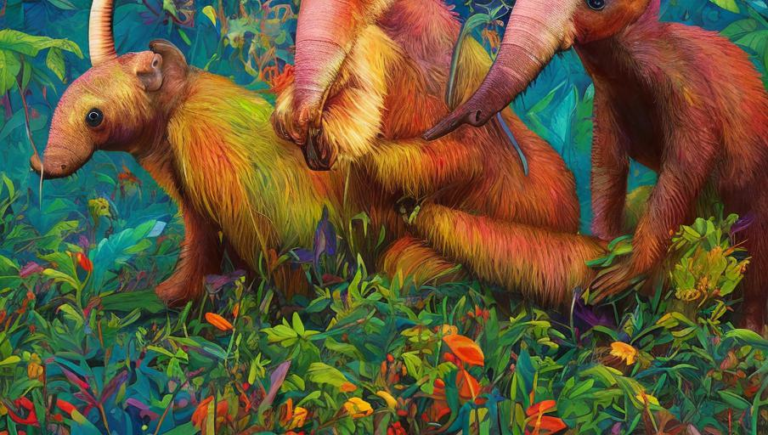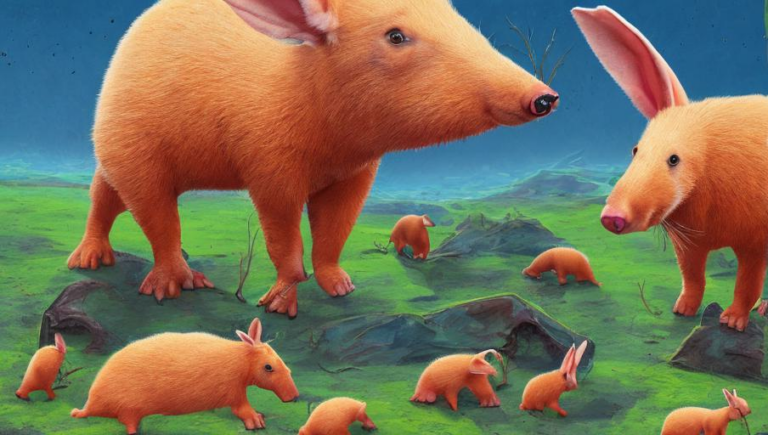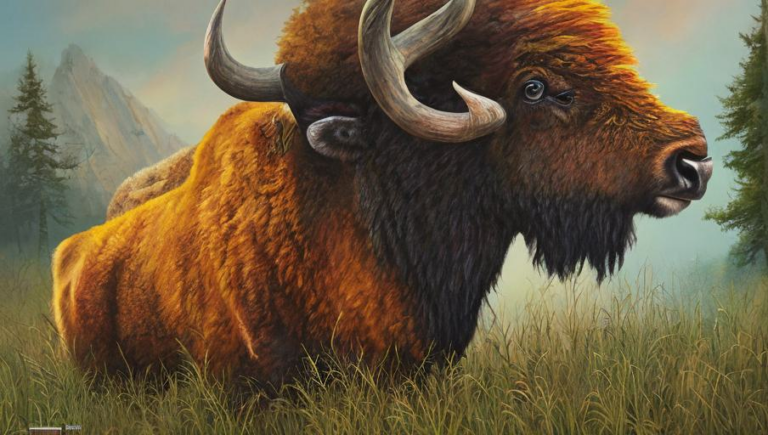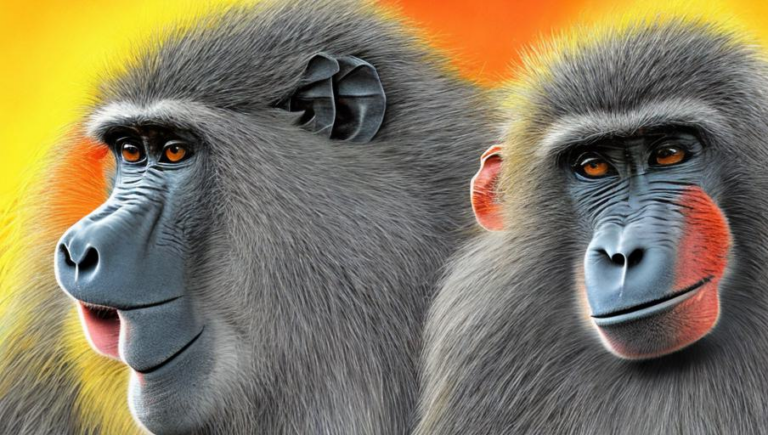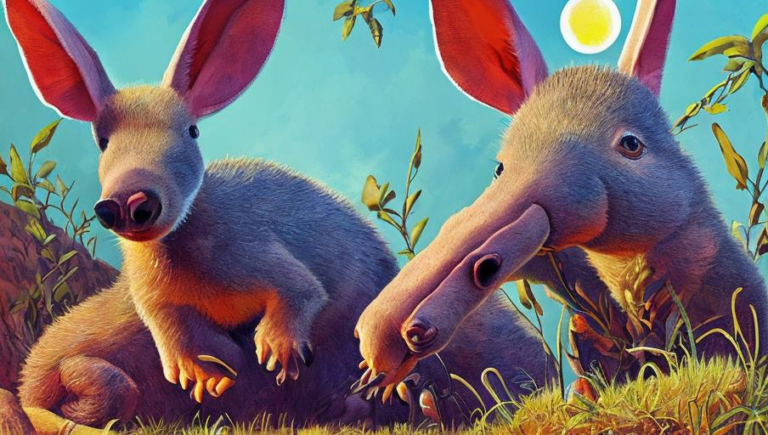Living in Harmony: Aardvarks and Their Impact on the Ecosystem
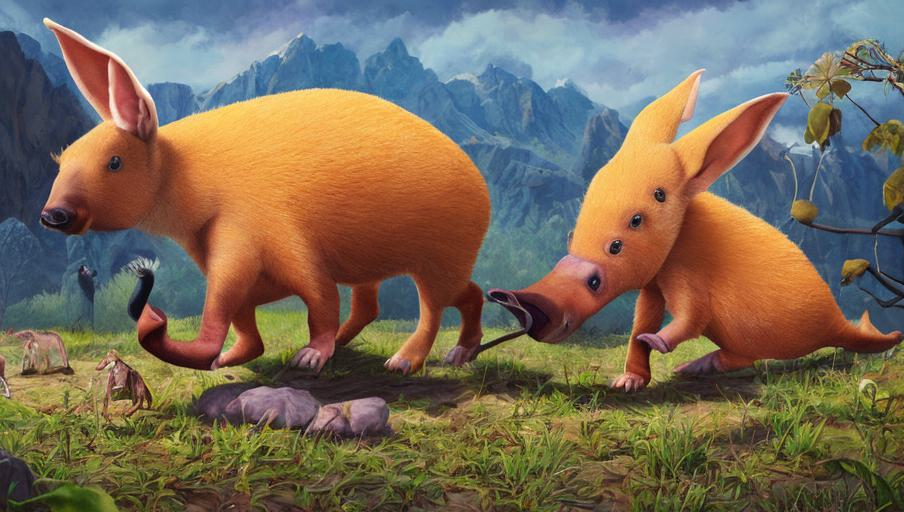
Introduction
The aardvark is a fascinating creature, native to Africa, with an incredible ability to make its home in a variety of habitats. Not only are these animals incredibly skilled at adapting to their surroundings, but they also play an important role in maintaining the balance of the ecosystem.
Unique Physical Traits
Aardvarks have a long, tubular snout that is filled with sensitive whiskers. This helps them to find food in the dark. They also have strong, powerful claws that are well-adapted for digging and burrowing. They have a thick hide that is covered in sparse fur, and they have a long, powerful tail that they use to balance themselves while they dig.
Diet
Aardvarks are nocturnal animals and their diet consists mainly of ants, termites, and other small insects. They use their long snout to locate food and their powerful claws to dig and uncover the insects. They also eat fruits, tubers, and other plant matter.
Behavior
Aardvarks are solitary creatures and they spend most of their time alone. They are timid and shy, but they can become aggressive if they feel threatened. They will dig a burrow and spend most of their time in it during the day, and they will emerge at night to feed.
Role in the Ecosystem
Aardvarks have an important role in the ecosystem. Not only do they help to keep the population of insects in check, but they also help to aerate the soil through their burrowing. This helps to improve the quality of the soil and makes it easier for other plants and animals to thrive.
Threats to Aardvarks
Aardvarks are threatened by a variety of factors, including habitat loss and fragmentation, poaching, and climate change. These animals are also vulnerable to a variety of diseases and parasites, as well as predation from other animals. It is important to be aware of these threats and to take steps to protect these animals.
Conclusion
The aardvark is a fascinating creature that plays an important role in the ecosystem. It is important to be aware of the threats they face and to take steps to protect them. By living in harmony with these animals, we can help to ensure their survival and the health of the ecosystem.
